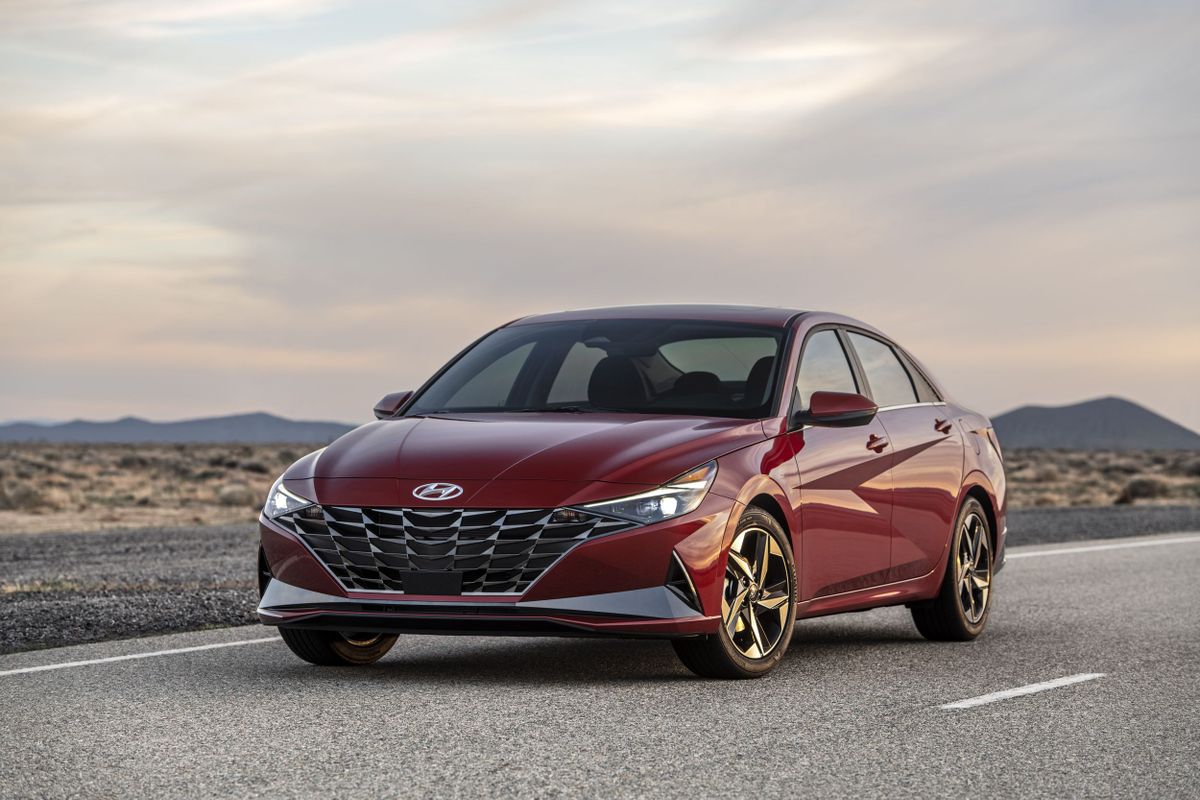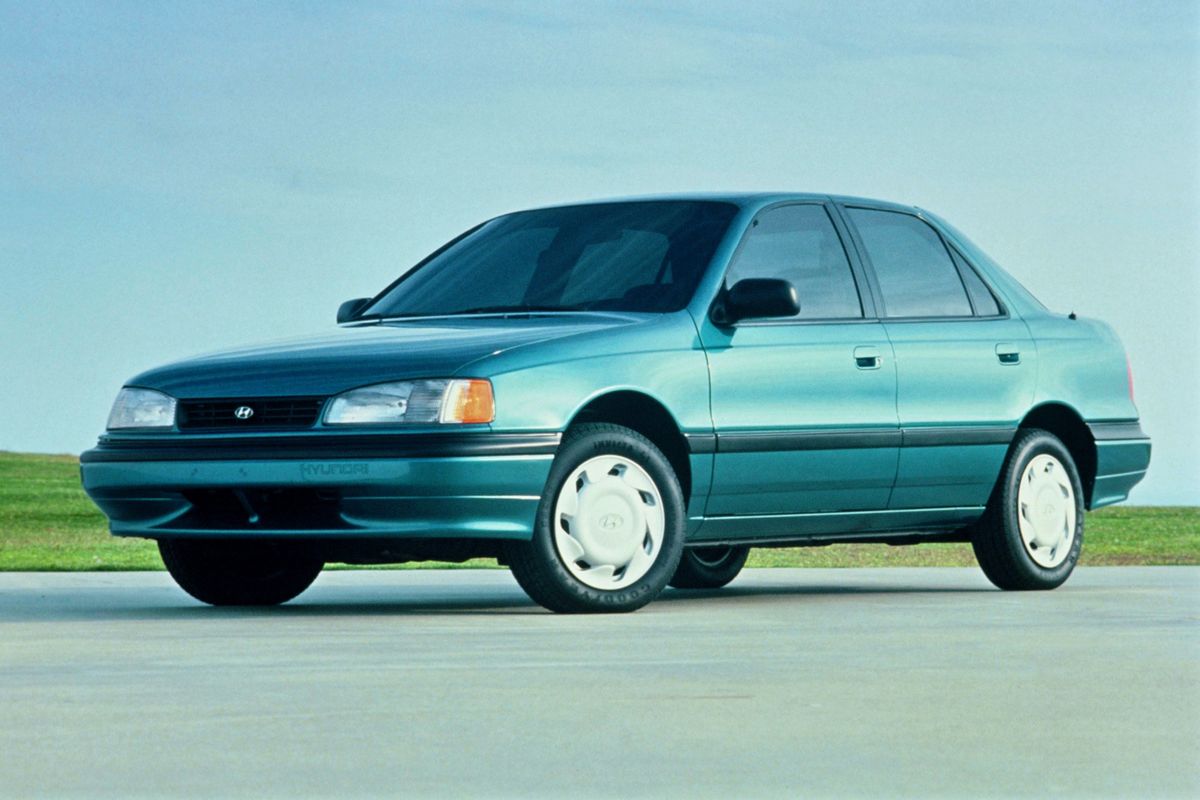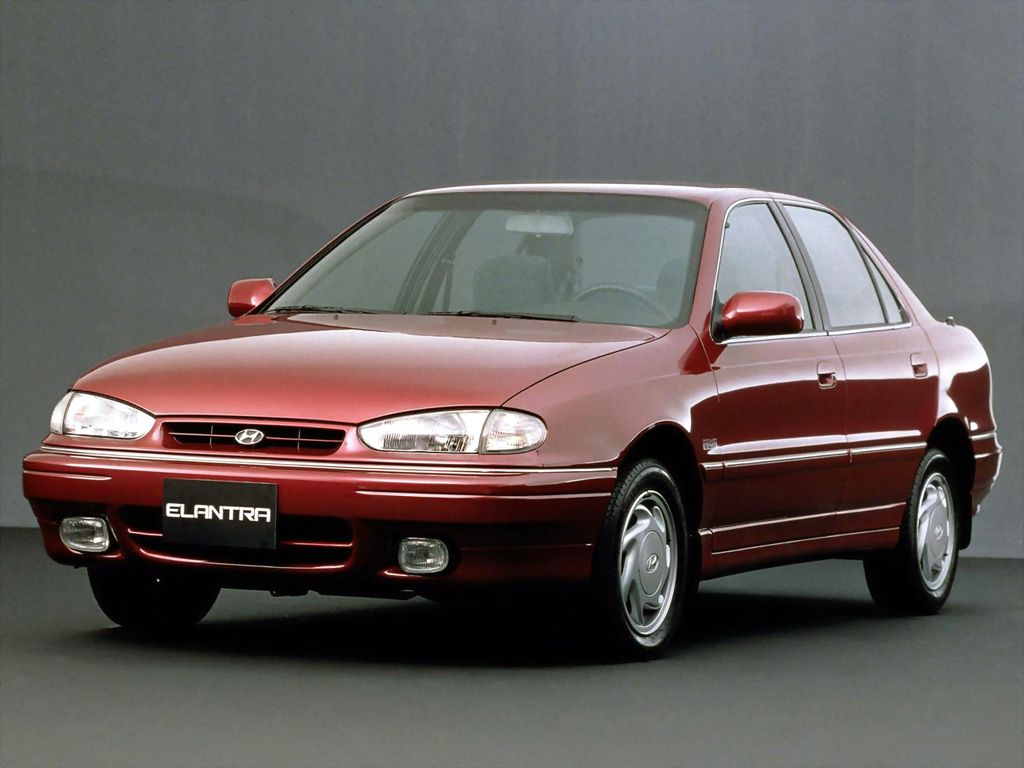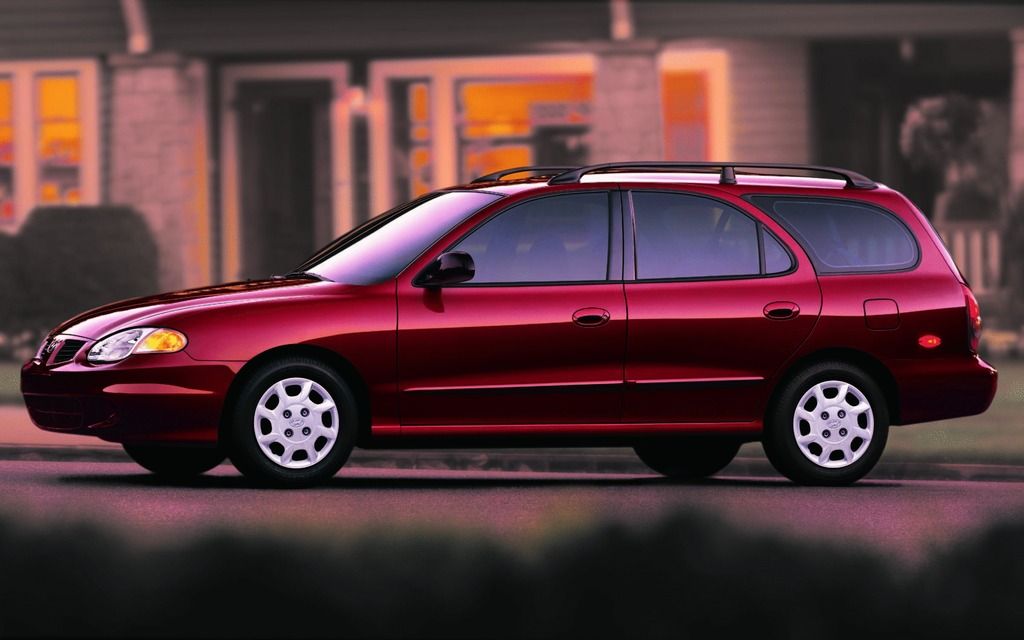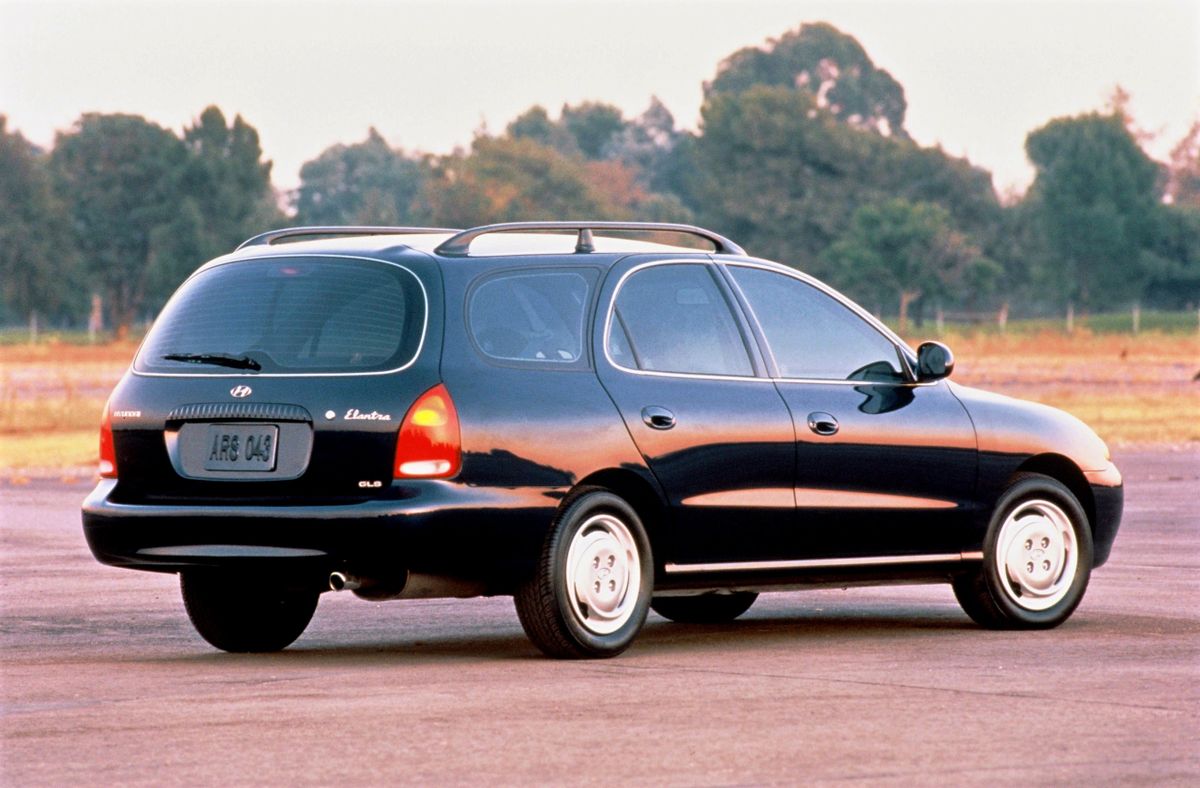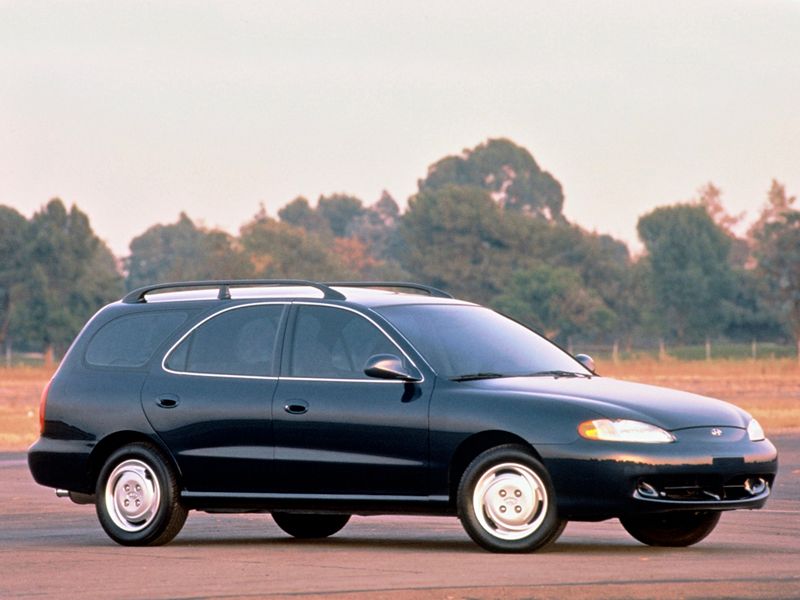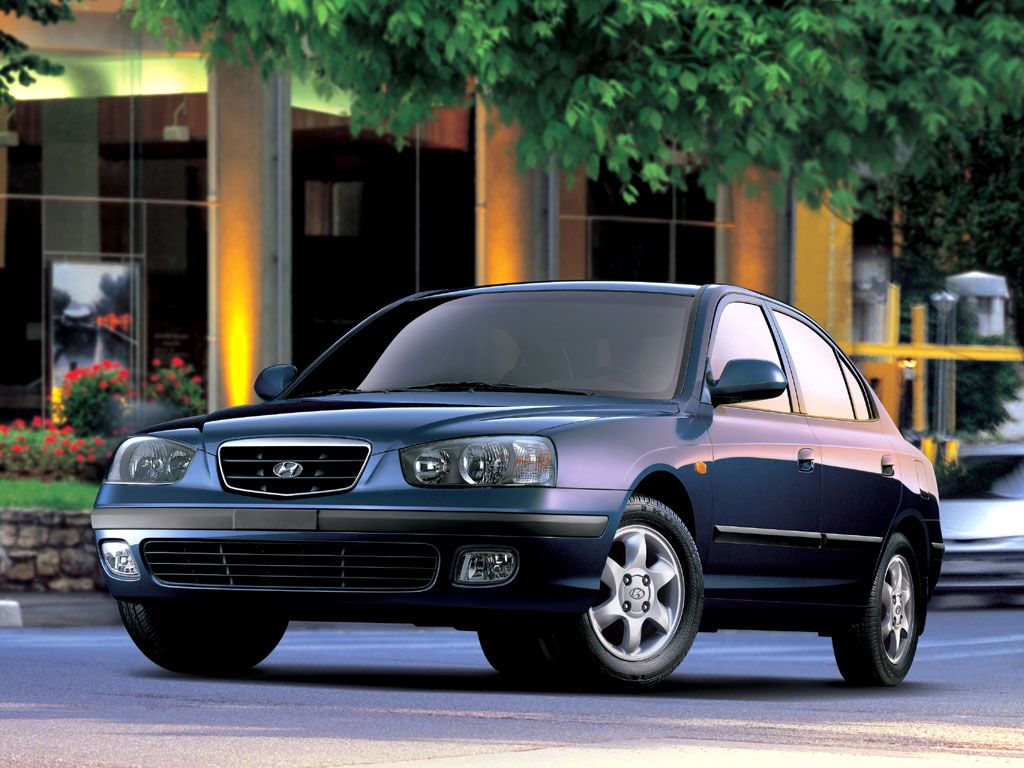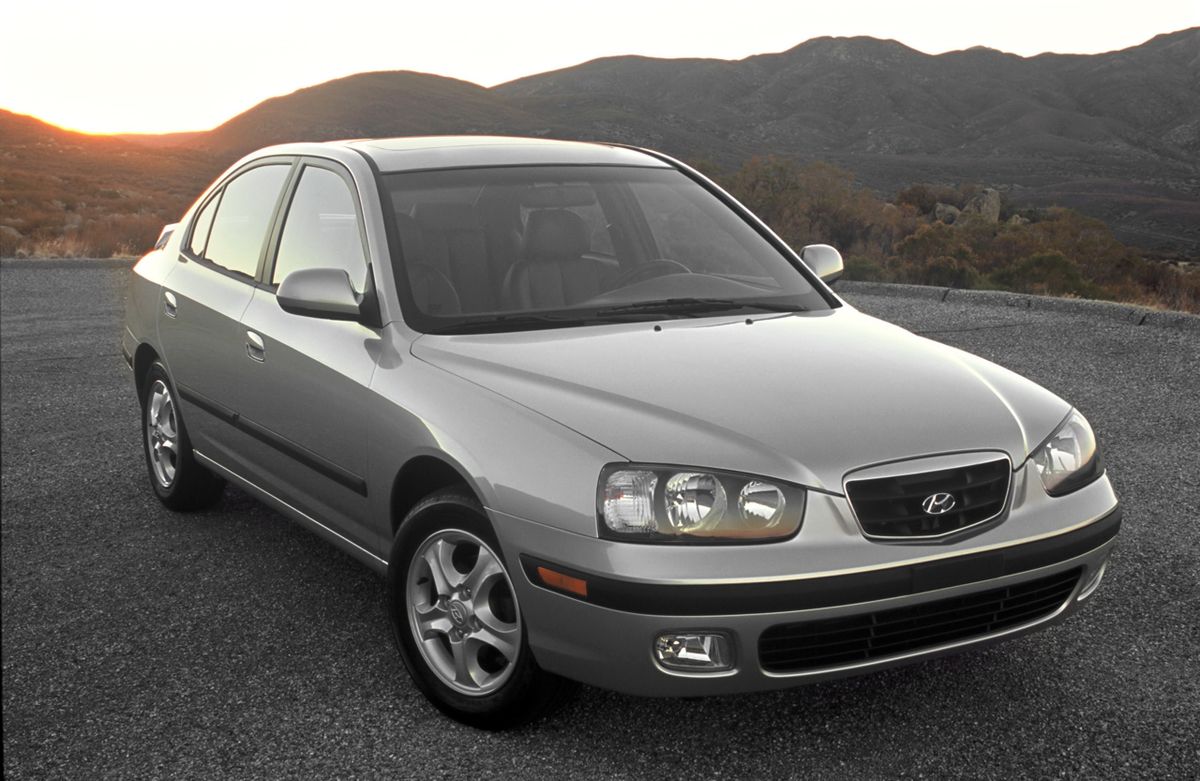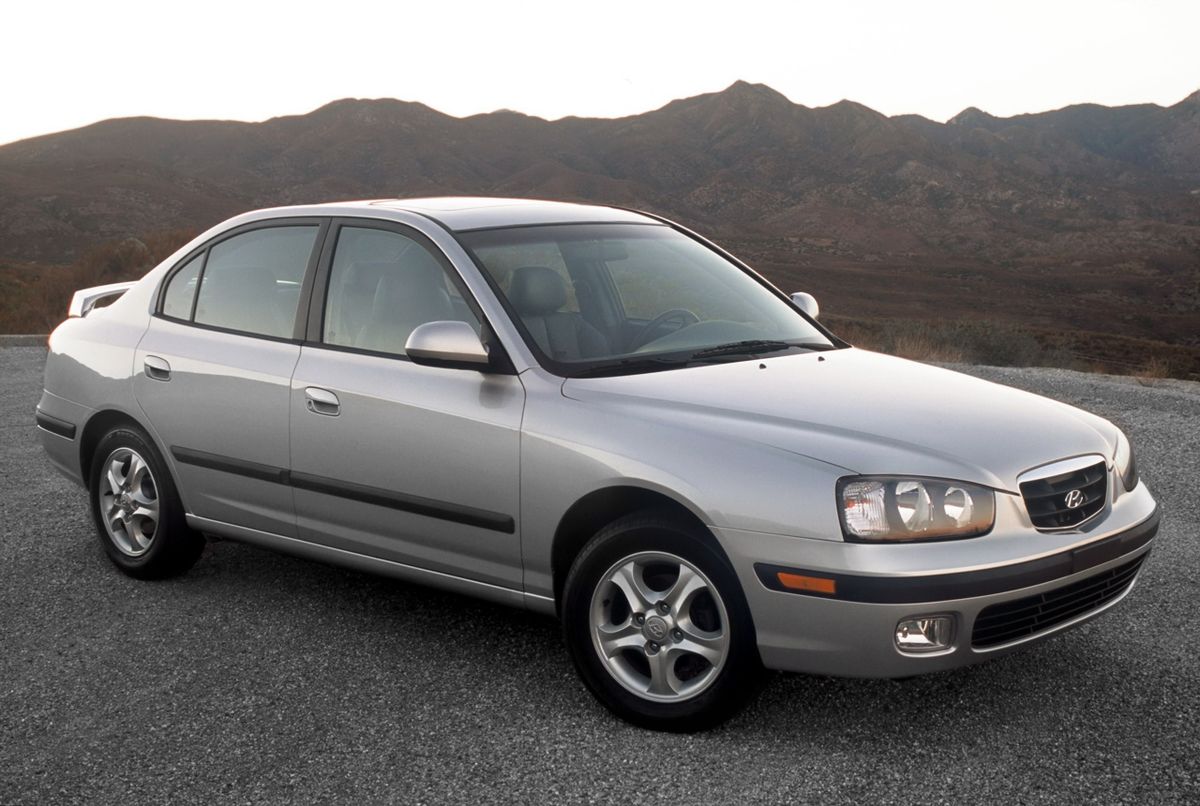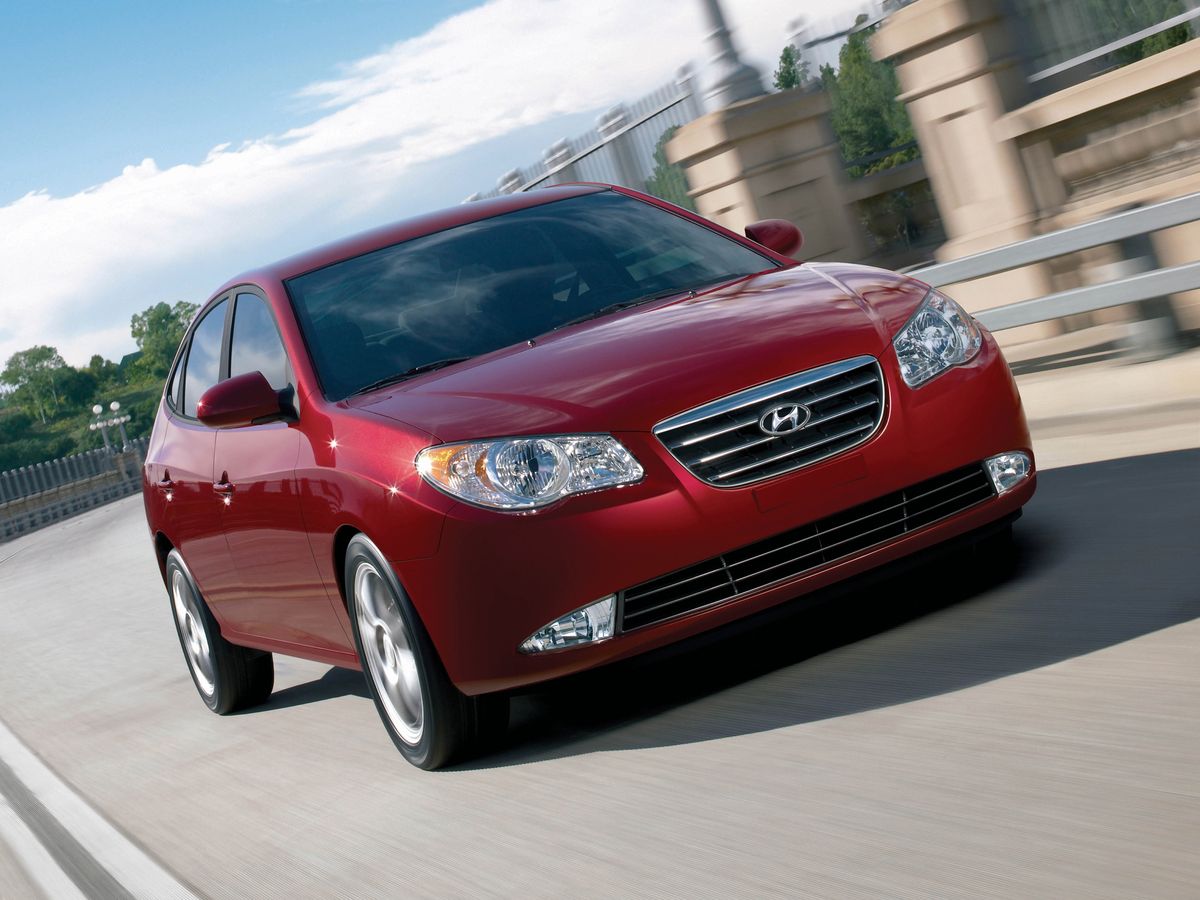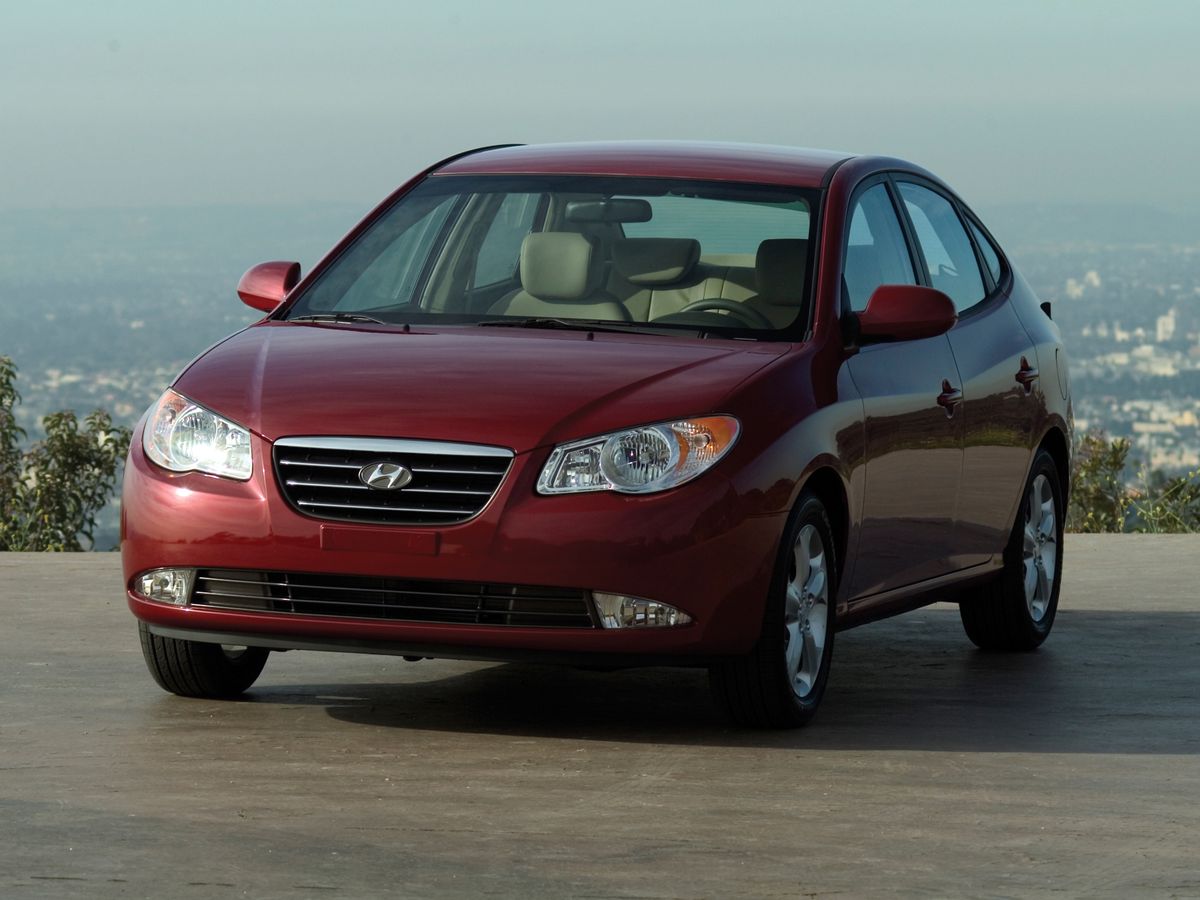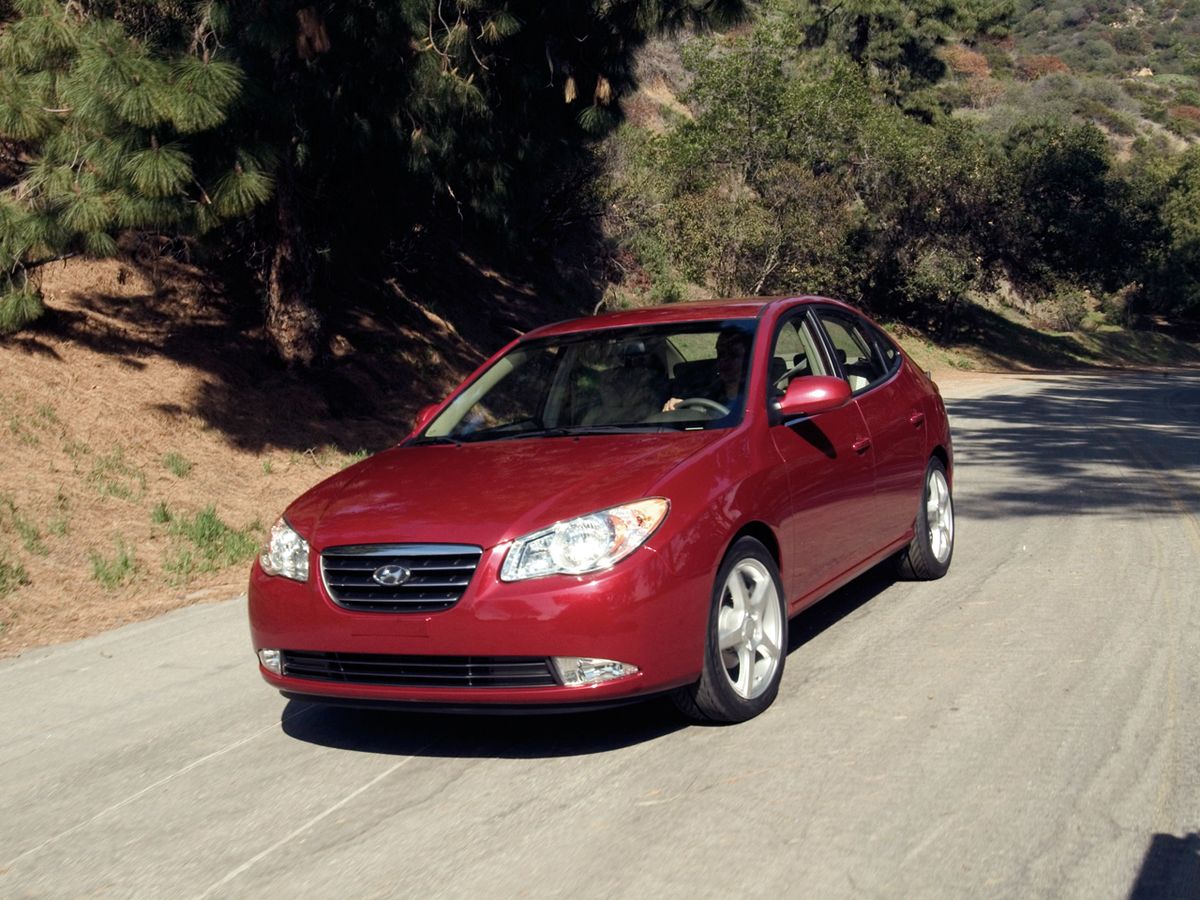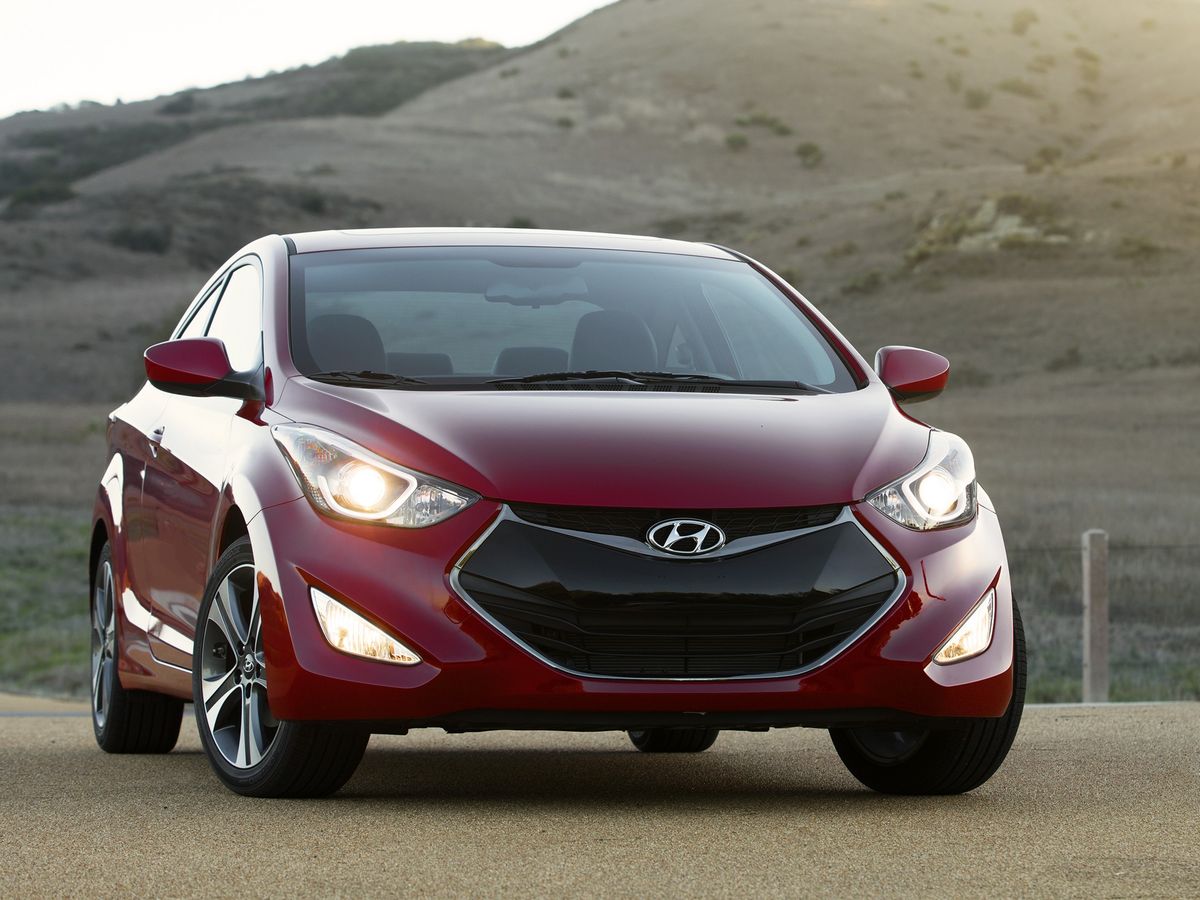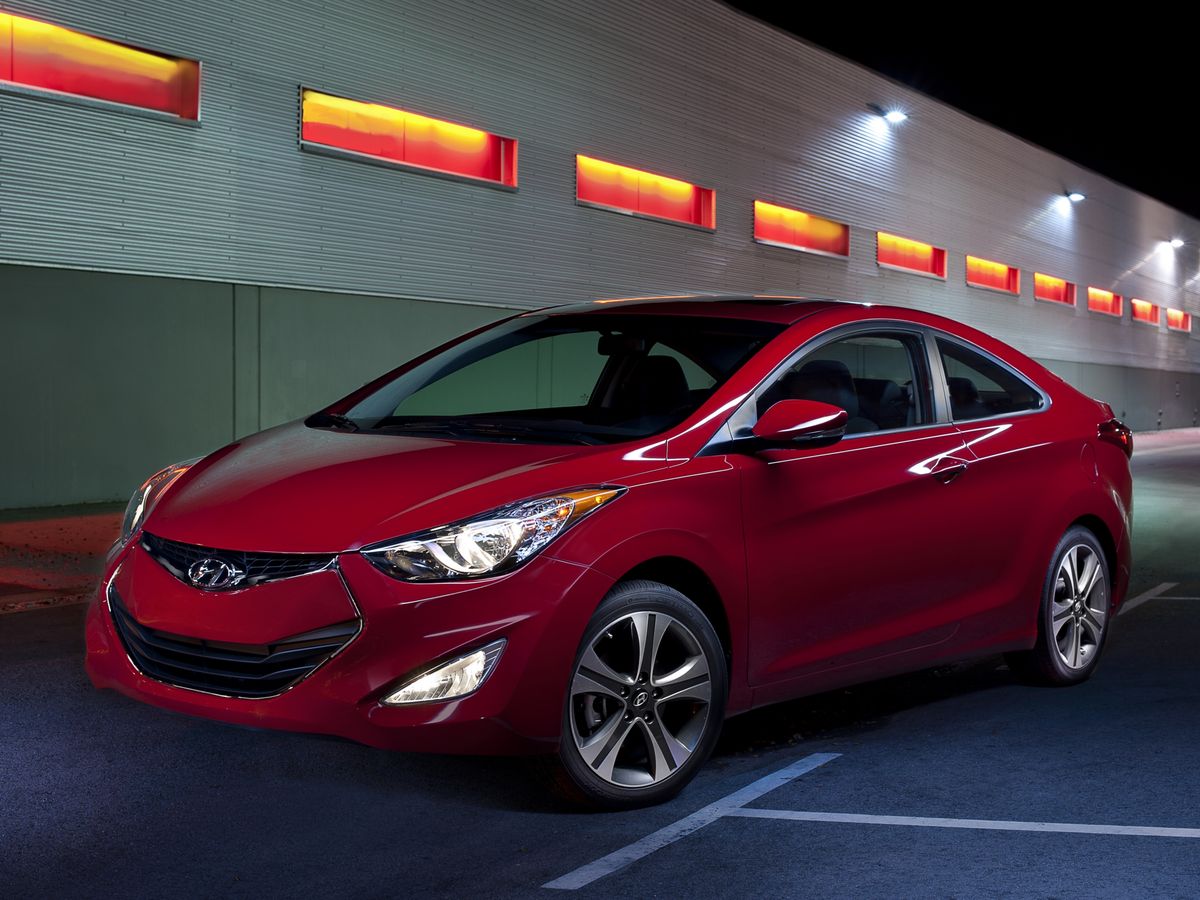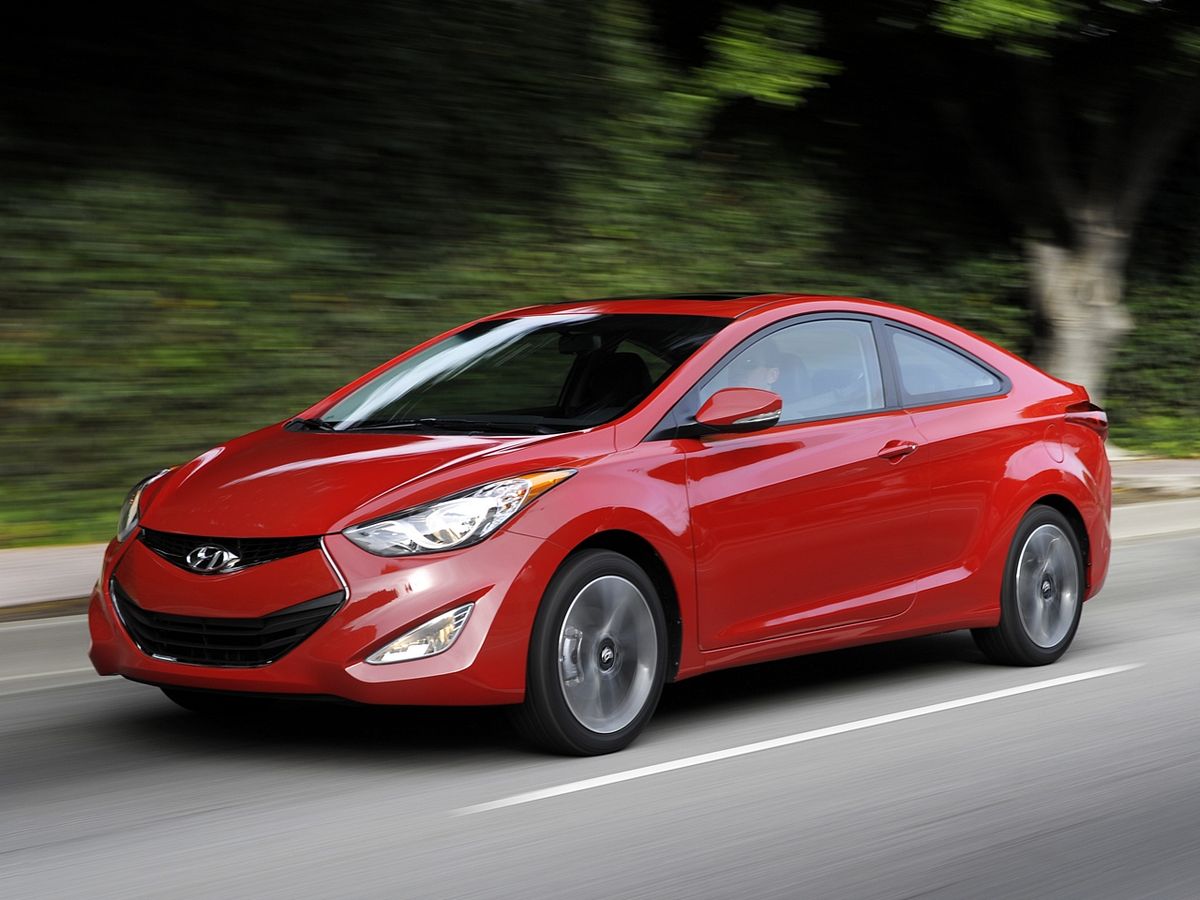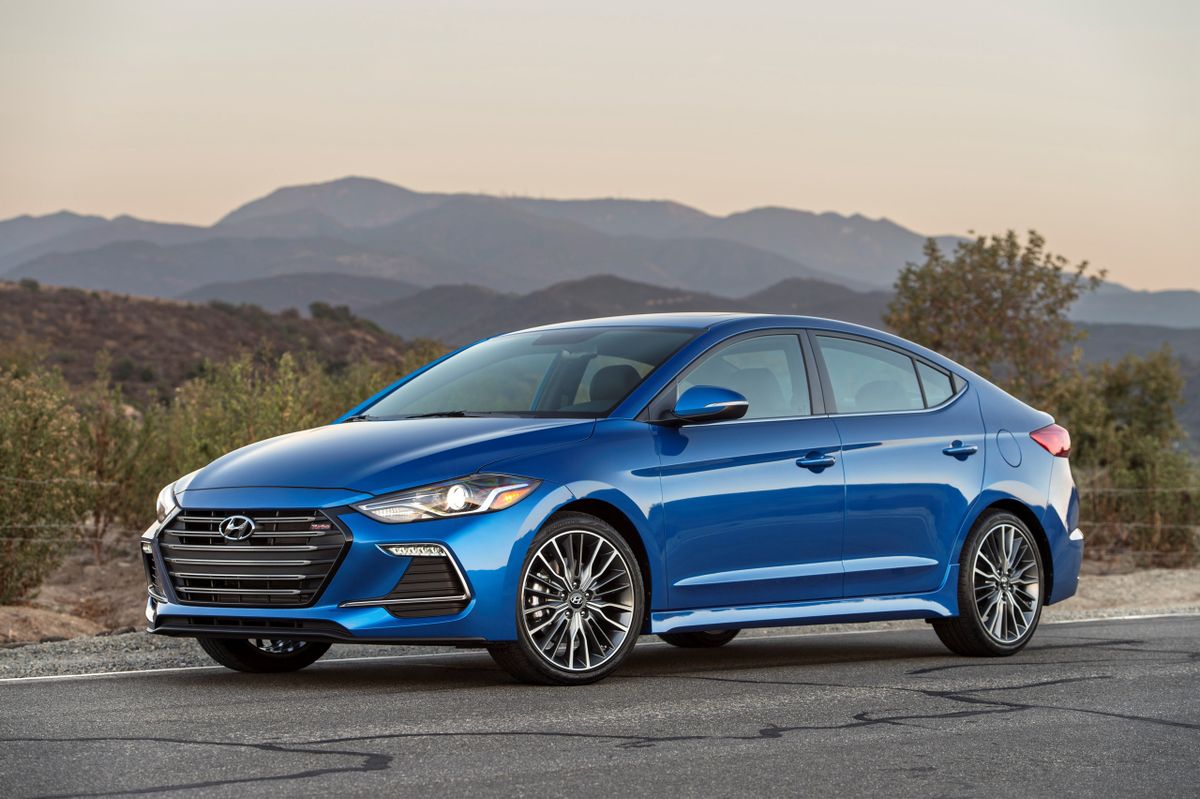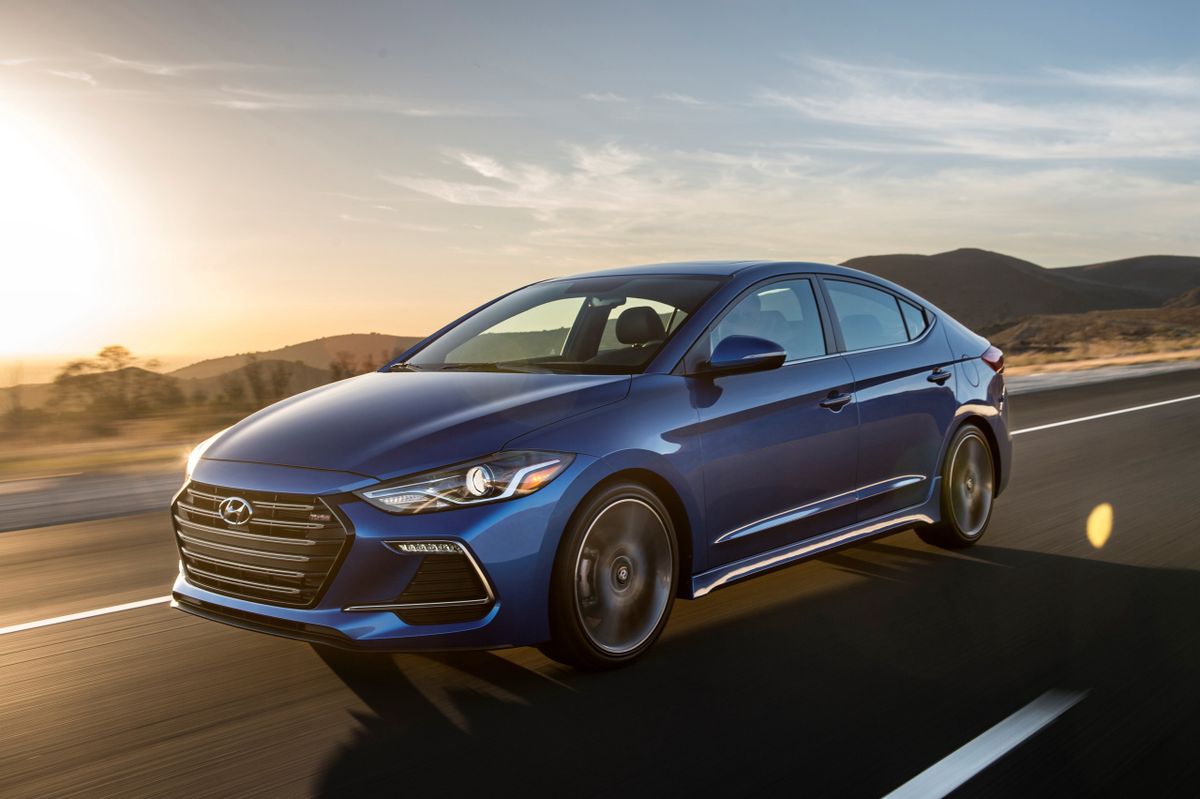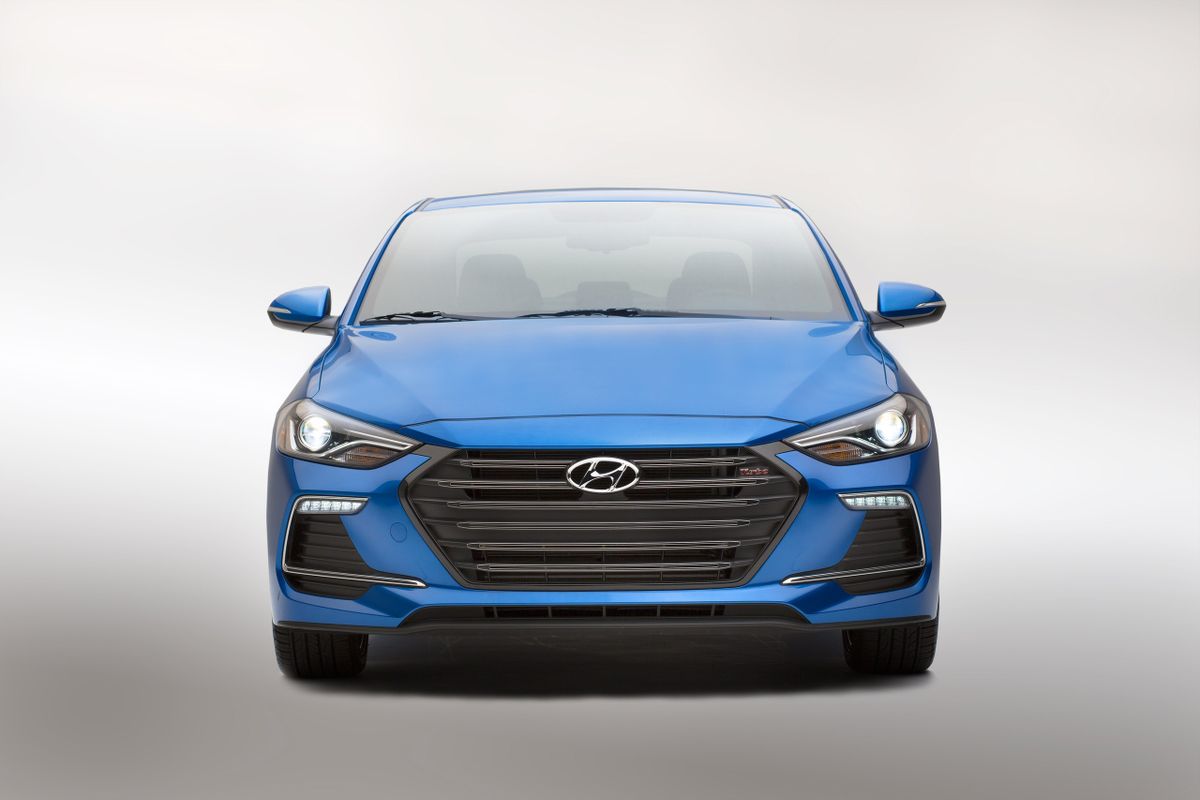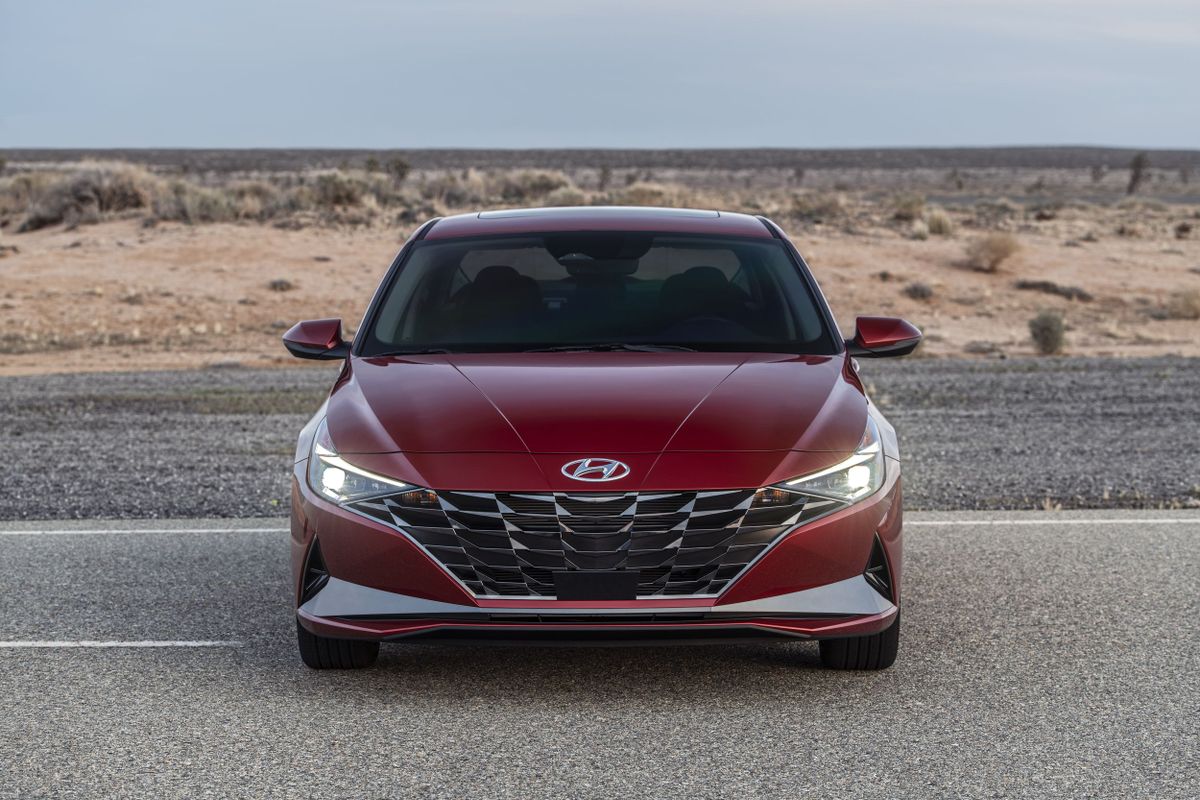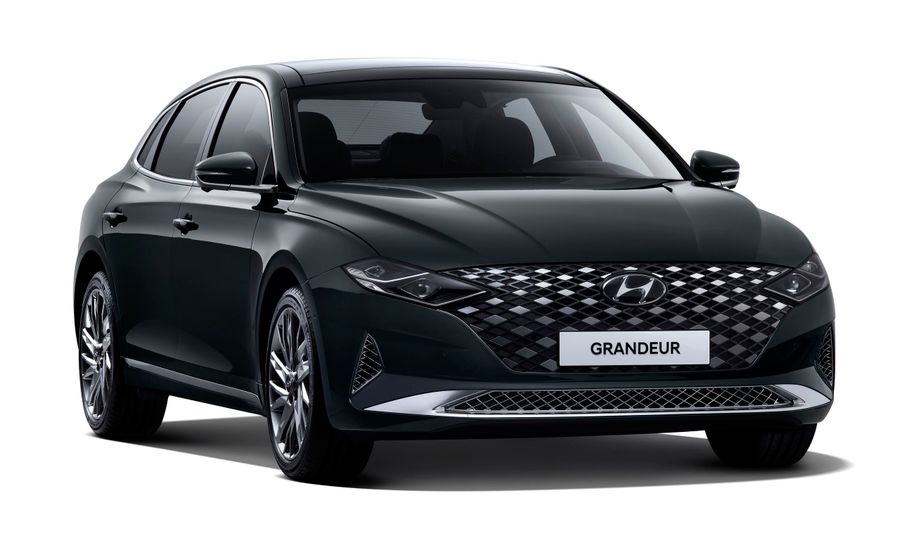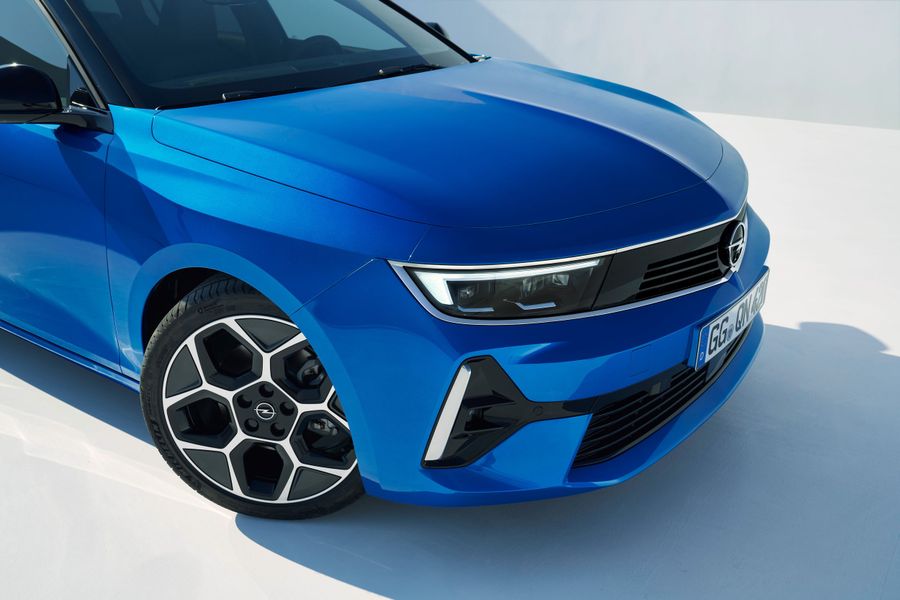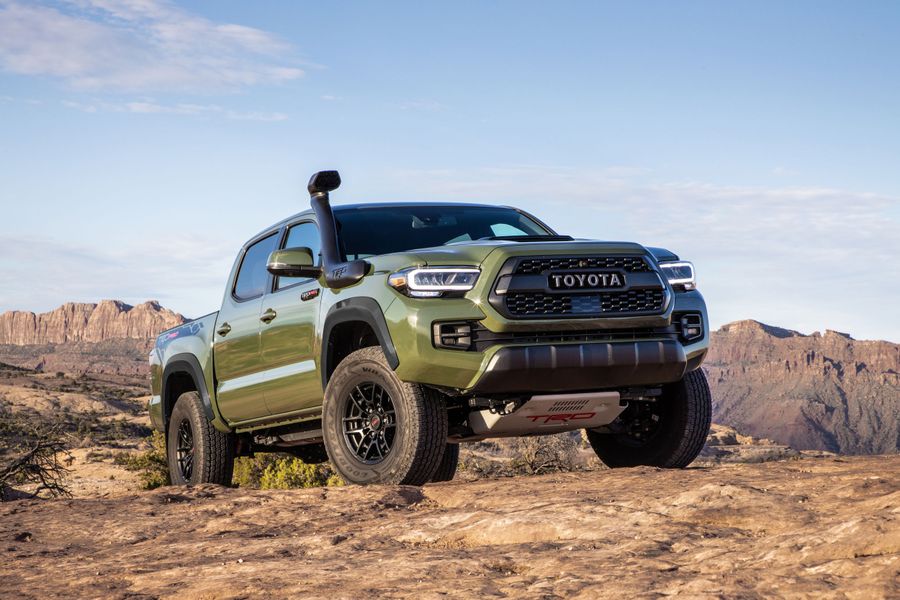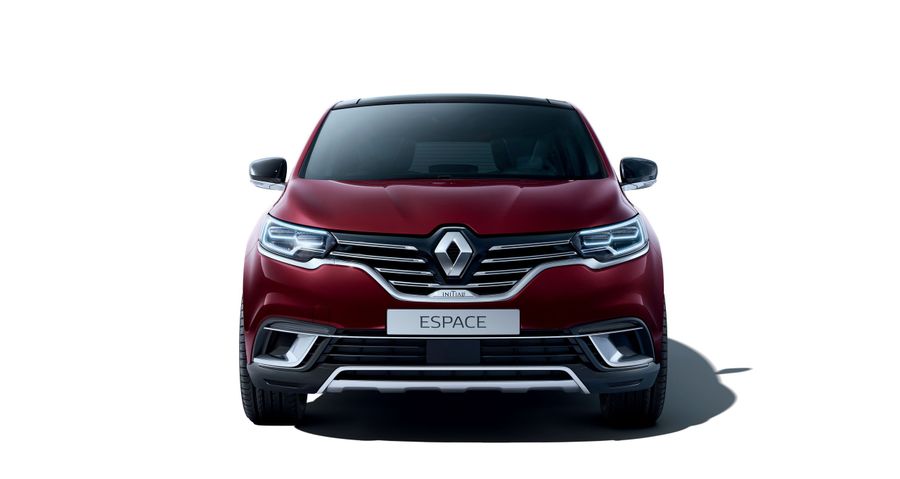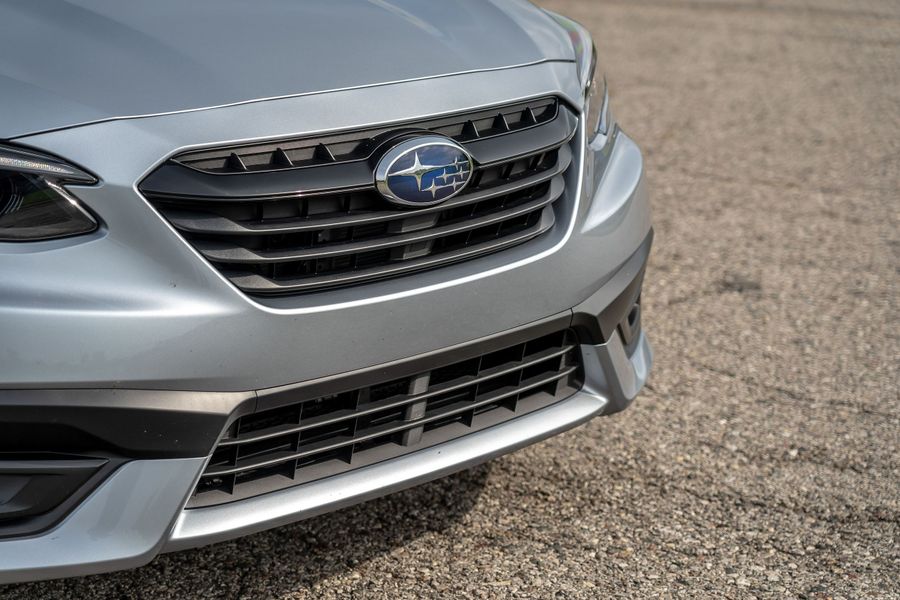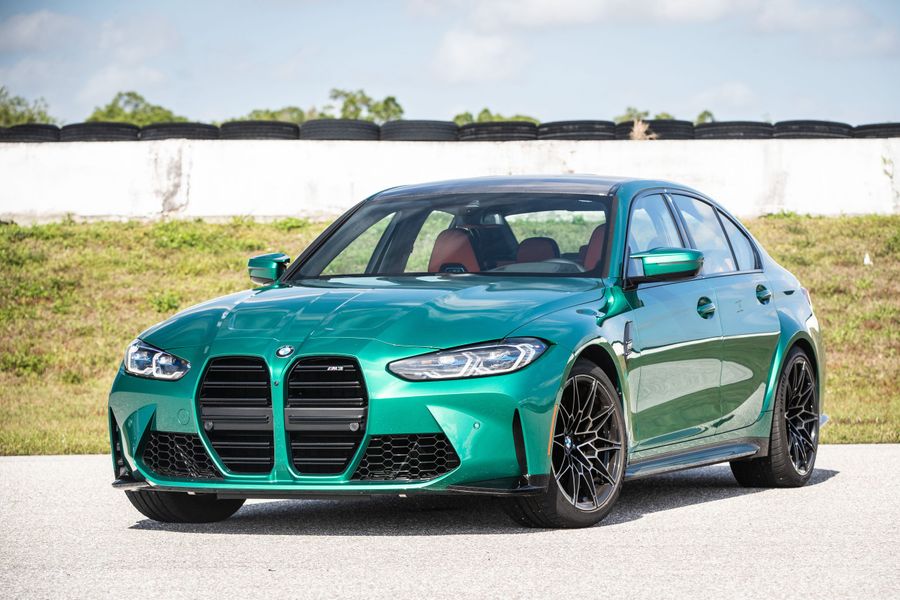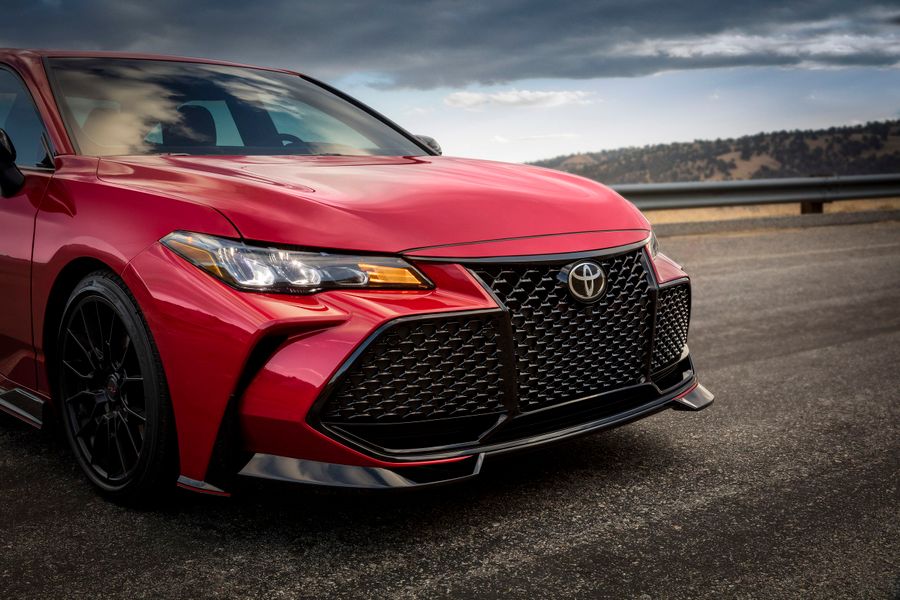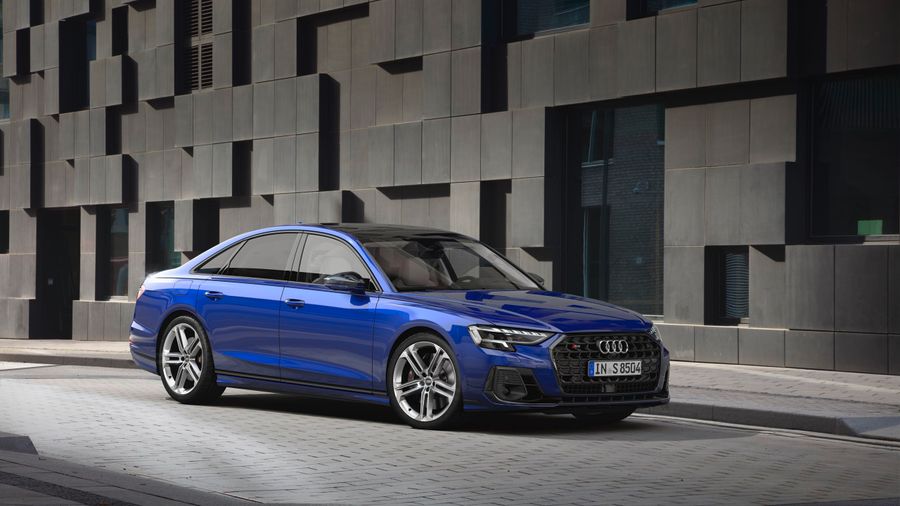
Hyundai Elantra. Quality determines quantity
Hyundai Elantra is a C class passenger car from the South Korean automobile maker, Hyundai Motor, produced since 1990. Currently, Israeli buyers can purchase the sixth generation sedan, which underwent restyling in 2018. Since 1990, more than 13.8 million Hyundai Elantra vehicles have been sold worldwide, of which 3.4 million accounted for the United States alone (according to data for 2011-2018). The Elantra is one of the most ‘famous’ Hyundai vehicles, which has won many awards.
The 2006-2007 Hyundai Elantra was ranked second most fuel efficient vehicle by the United States Environmental Protection Agency (EPA) and was recognized as the most efficient non-hybrid mid-size sedan.
The 2008 Elantra earned Top Pick honors in Consumer Reports, a reputable American magazine of the Consumer Union.
The 2009 Hyundai Elantra is the highest quality compact car, according to an independent study conducted by the American J.D. Power and Associates marketing firm.
In 2012, the Elantra won the North American Car of the Year award at the Detroit Auto Show ahead of the Ford Focus and Volkswagen Passat.
The first generation
The first generation Hyundai Elantra was produced from 1990 to 1995 as a 4-door sedan. The first Elantra, replacing the outdated Hyundai Stellar, was powered by a Mitsubishi engine and was very similar to the 1987 Mitsubishi Mirage. In South Korea, the car was called ‘Avante’.
The second generation
The second generation Hyundai Elantra was produced from 1995 to 2000 as sedan and 5-door station wagon versions. The second Elantra had more rounded exterior lines, and the interior was also made with a minimum number of corners. The bumpers were painted in body color. The body was durable, reliable and well protected from corrosion by double-sided galvanizing and a good paintwork.
The third generation
The third generation Hyundai Elantra was produced from 2000 to 2009, and it was restyled in 2003. The third Elantra was available as 4-door sedan and 5-door hatchback versions. It looked more expensive and was standardly equipped with airbags, air conditioning, central locking, electric windows and power steering. After the restyling in 2003, the Elantra changed the design of external lighting devices, a radiator grille, both bumpers, a trunk, a hood and a dashboard.
The fourth generation
The fourth generation Hyundai Elantra was produced from 2006 to 2011. The fourth Elantra demonstrated high safety for the driver and passengers. Tested by the American Insurance Institute for Highway Safety (IIHS), the fourth generation Hyundai Elantra got a high overall score in frontal and side impacts. The fourth Elantra served as the basis for the Hyundai i30 hatchback.
Since 1990, more than 13.8 million Hyundai Elantra vehicles have been sold worldwide, of which 3.4 million accounted for the United States alone (according to data for 2011-2018).
The fifth generation
The fifth generation Hyundai Elantra was produced from 2010 to 2016, and it underwent restyling in 2013. The fifth Elantra was produced as a 4-door sedan, plus a small number was produced as a 2-door coupe version. The fifth Elantra became even more efficient thanks to modern engines and a low air drag coefficient of 0.28. The new Elantra was the first Korean C+ car to combine GDI systems with a 6-speed automatic transmission. In 2012, the Elantra won the North American Car of the Year award at the Detroit Auto Show ahead of the Ford Focus and Volkswagen Passat. In 2013, the car was significantly restyled.
The sixth generation
The sixth generation Hyundai Elantra has been produced from 2015 to the present, plus it was restyled in 2018. The new Elantra is only available as a 4-door sedan. The design of the 2015/2016 Elantra has become more conservative, and the exterior of the car resembles a fastback with a tilted rear.
After the restyling in 2018, the renewed Elantra now has a revolutionary design, including a clear waist line, new slanted LED headlights, narrow taillights that pierce the trunk lid like arrows. The interior of the 2018/2019 Hyundai Elantra has been significantly redesigned: the microclimate control unit is completely different now, the display is stretched across the full width of the console, the buttons are widely spaced, the controls will please you with good tactility, and the key acquisition is the seven-inch multimedia display that incorporates all of the modern joys of life.
The seventh generation
In 2020, we are waiting for the release of the new, seventh, generation of Hyundai Elantra! It promises to be longer, wider and lower than its predecessor, and much more beautiful! The silhouette of the new 2020/2021 Hyundai Elantra will become bolder - with a shifted back interior, a slanting roofline and a tilted rear window that smoothly merges into a short tail of the trunk compartment. ‘Parametric Dynamics’ is the name given by the company to the design concept of the new Elantra with multiple faces and sculptural mating of three ‘blades’ on the sides.

